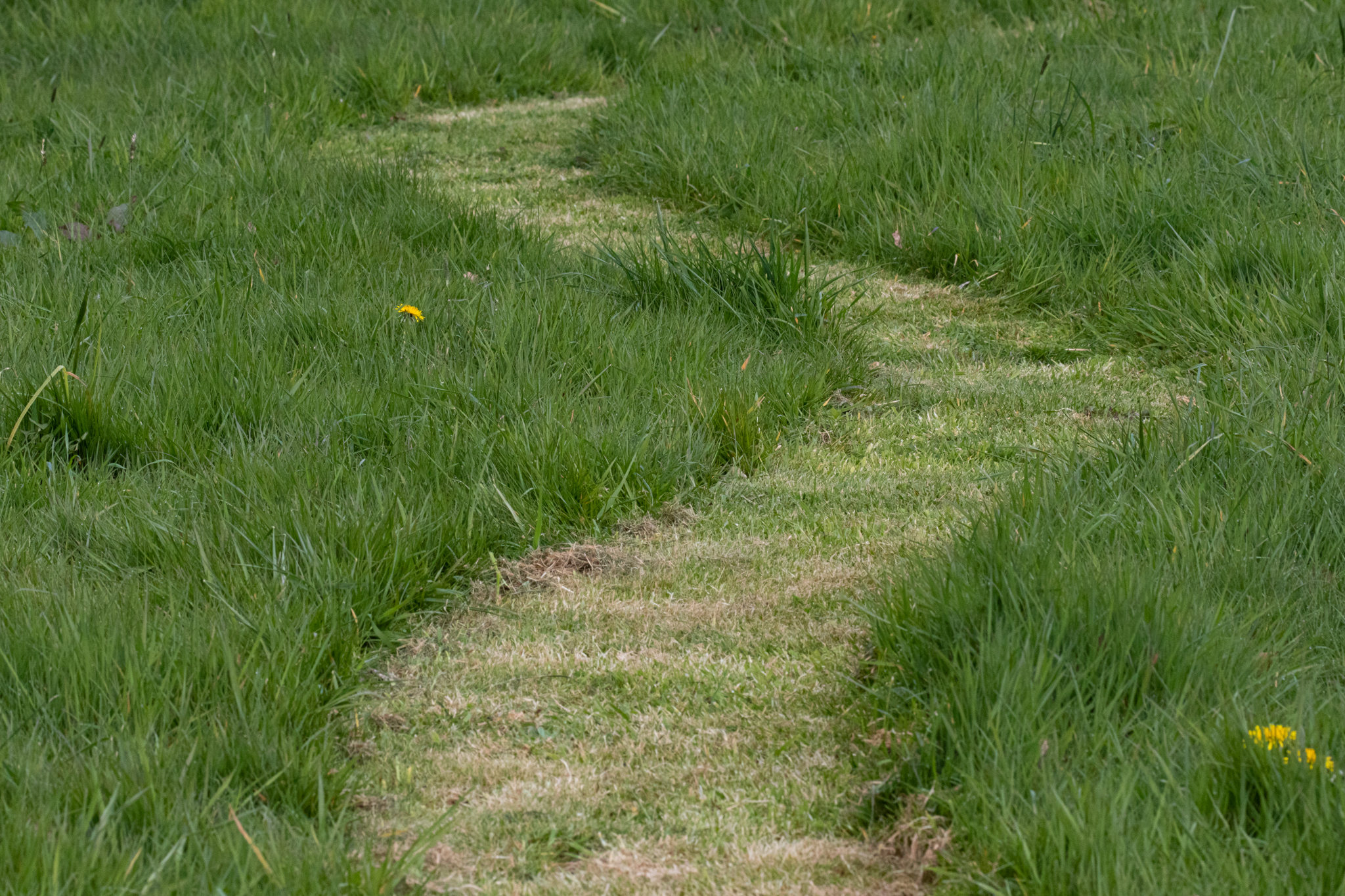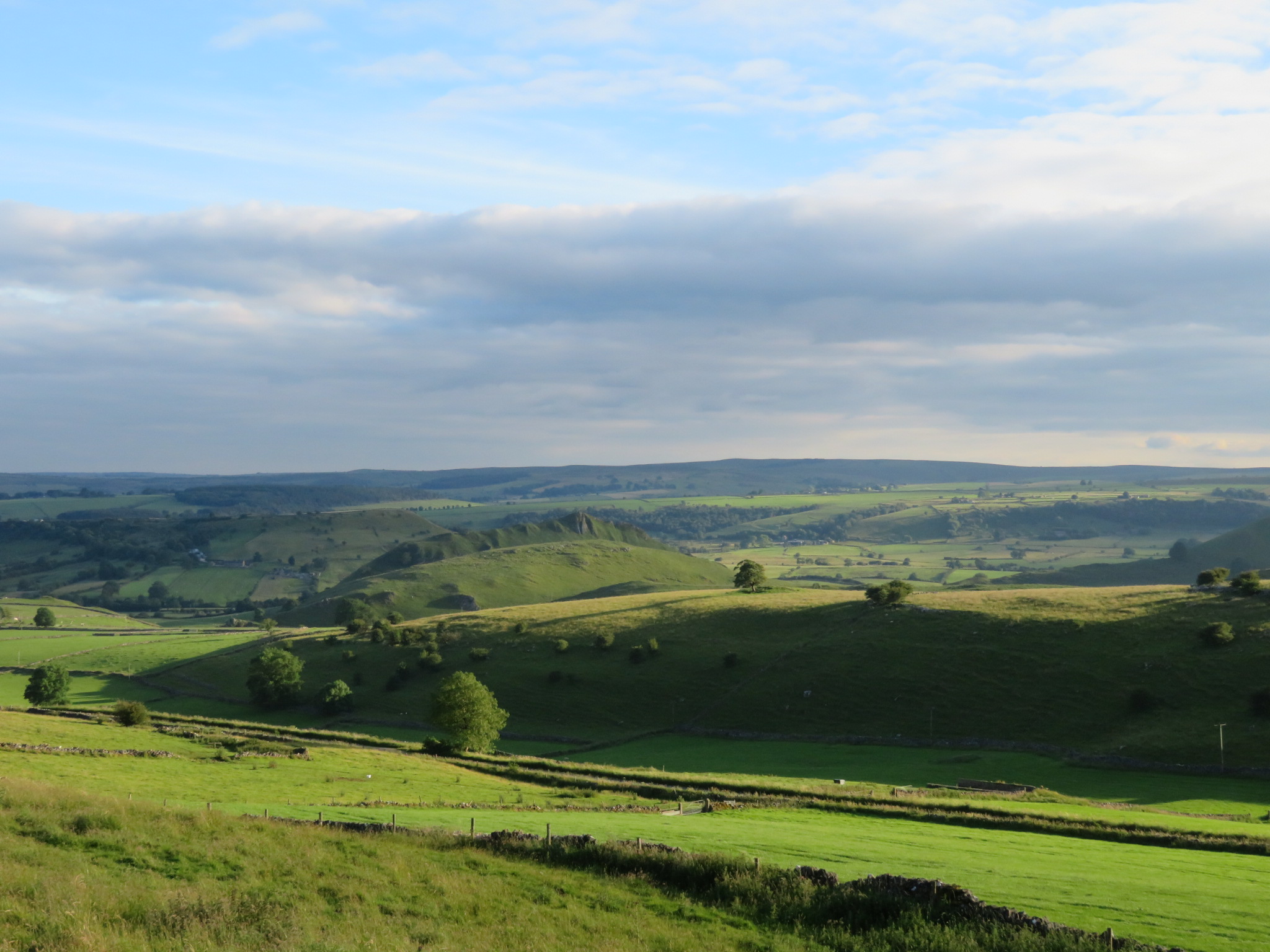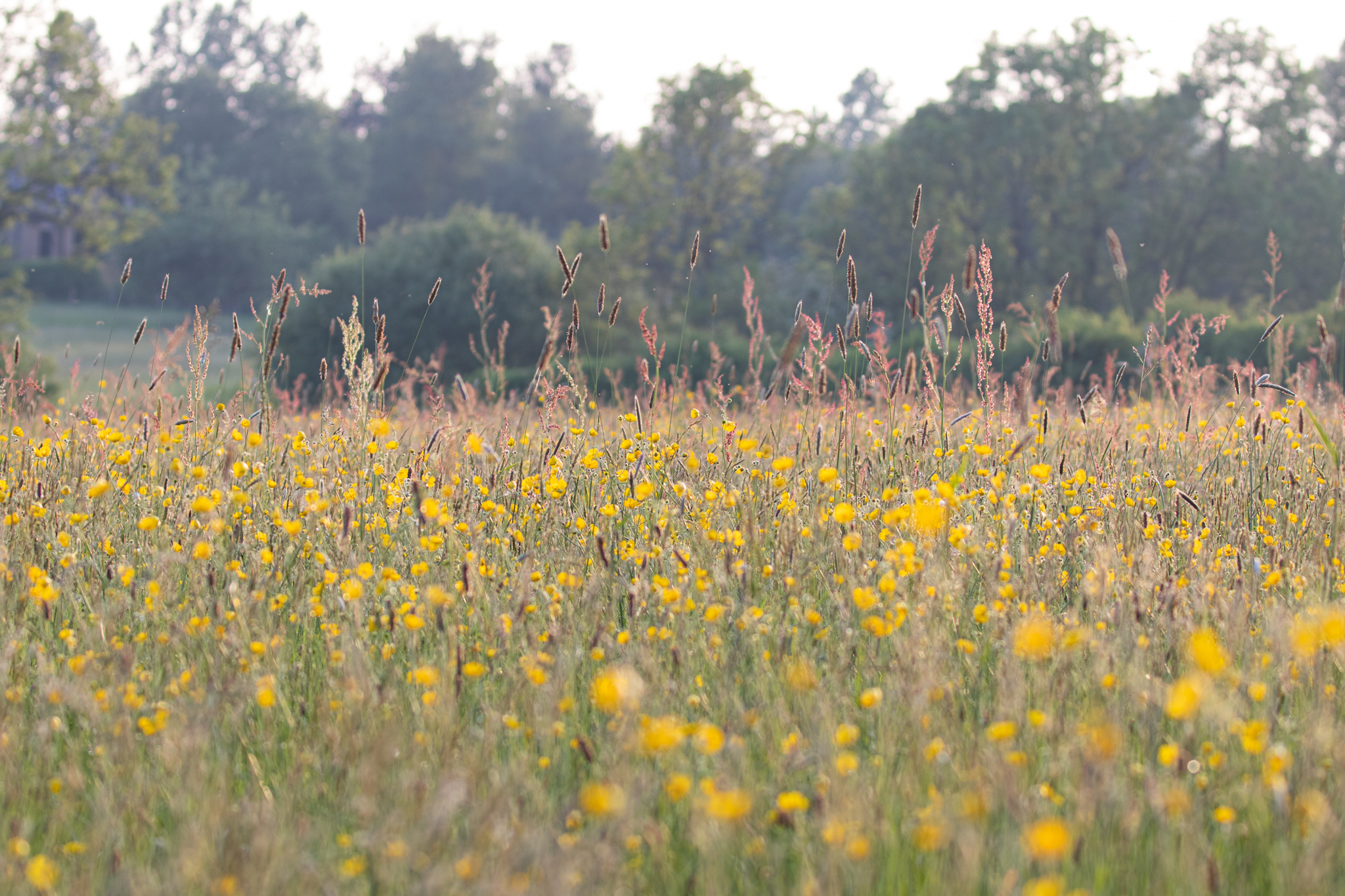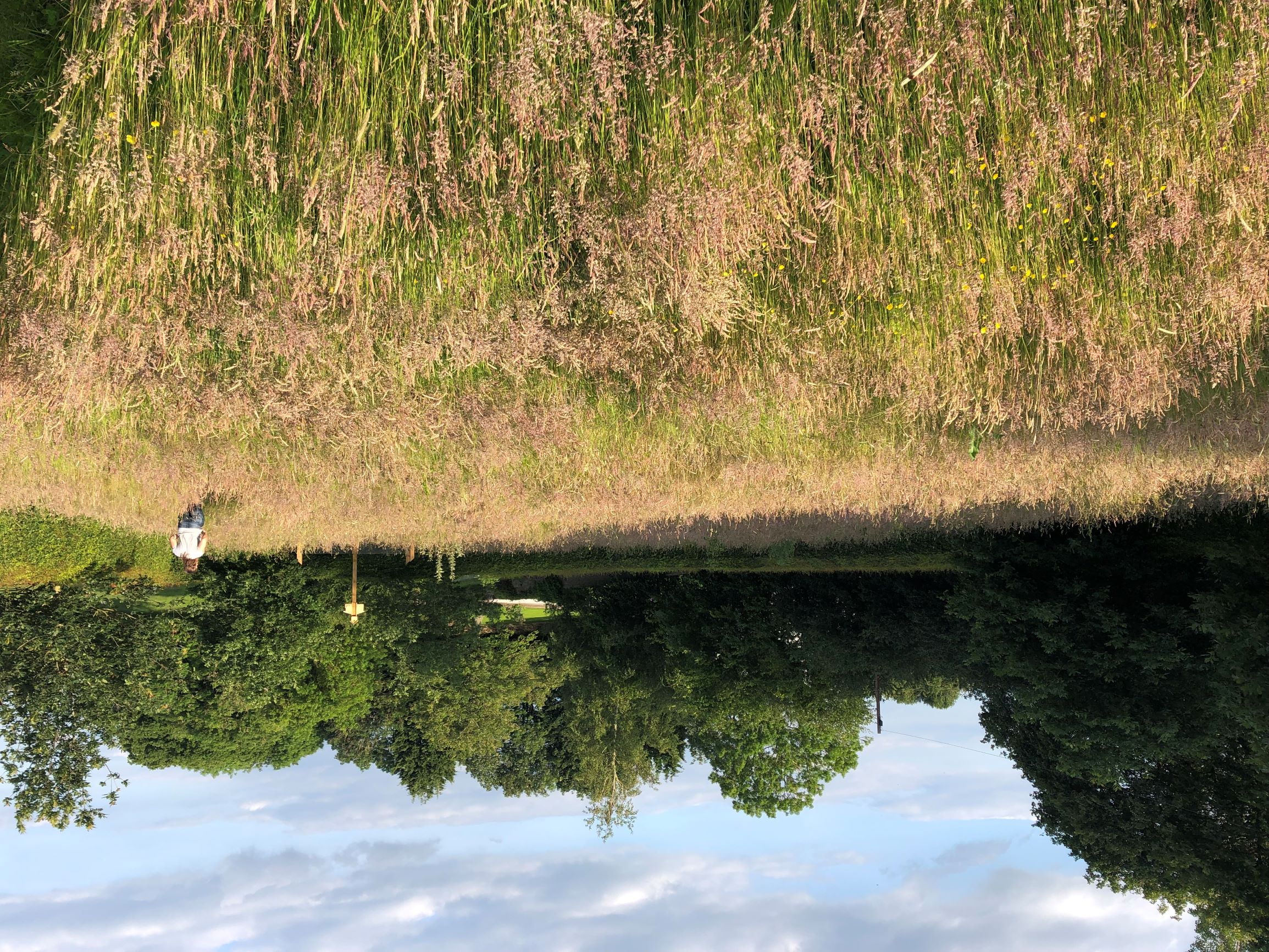‘The grass is always greener on the other side of the fence’ often shortened to just ‘the grass is always greener...’ is a phrase that has been around for years, since the early 1900’s, if not before. The meaning of the phrase is that someone else’s situation always seems better than yours, giving the impression that the greener grass is the better situation, but is this really the case.

From an ecologist’s point of view the idea of lush green grass implies high levels of management or agricultural improvement. Therefore, most ecologists would be more than happy for the greener grass to stay on the other side of the fence, or ideally for both sides of the fence to be significantly less green.
Grass is often thought of as a single entity, you think of your lovely green lawn as simply being grass. However, grasses are an incredibly diverse range of plants with hundreds of species in the UK and around 12,000 worldwide. Most lawns usually have at least a couple of grass species in them, although those species will usually be common species selected to give that lush green easily manageable grassland that everyone wants.
Grazing pasture is another form of lush green grass that people see and think of as high quality grassland. The rolling Yorkshire hills of lush green grass being grazed by sheep and cows is a typical scene and one thought of as being very British. Grazing grass may have more diversity than your typical lawn although most grazing pasture has spent years being seeded by farmers and improved through nutrients added by muck spreading, by both the farmers and the livestock. The grass is usually dominated by fast growing agricultural grass species that provide a suitable and consistent source of food for livestock all year round. Grazing pasture will often trump lawns on species diversity and may have four or five grass species accompanied by a few hardy forbs (wildflowers etc) but is it really good quality grassland?

The grasses above are what we commonly see and think of as good quality grassland because they are everywhere, in your gardens, along the sides of roads and throughout towns, and they dominate the countryside throughout a high percentage of the UK. But these grasslands can’t even begin to compare to the pièce de résistance of UK grassland, the traditional hay meadow. Where lawns may have four or five species of grass and forb and grazing pasture around ten, a traditional hay meadow can have up to forty-five species per m² of grassland. And in reality, what’s the difference between a hay meadow and the lush green grasses we have become used to, nothing but management.
Hay meadows are a traditional habitat of the UK but because of intensive farming we have lost around 97% of our hay meadows in the last century. Grassland managed as a meadow will not have that lush green look we usually associate with grassland, instead a meadow will be an ever changing rainbow of colours throughout the season. In addition, for grazing animals a typical lush green field is like a bland meal consisting of maybe a couple of ingredients sufficient to provide bulk, whereas a meadow is a diverse meal providing a wide range of vitamins, minerals and flavours with every mouthful.
Another benefit of a meadow is the range of opportunities it will provide for other species, be that invertebrates, small mammals or birds. If you stand near a lush green grazing field in the height of summer you are unlikely to have your senses assaulted by the range of sights, sounds and smells you experience. If you are lucky you may hear the constant munching of the grazing animals and the smells are likely to simply be the pungent aromas of the chewed grass coming out the other end of the animals. With a meadow the experience will be very different, you’ll have the smells of the different grasses and wildflowers, the rustling of mice and other small mammals in the base of the grassland and the constant buzz of bees and other insects busying themselves around the diverse range of flowers present. Couple this with the range of bright colours and the constant song of the skylarks and other birds over and around the meadow and the overall experience will be very different.

I’m not saying that everyone should have a hay meadow in their garden, as nice as that idea is its obviously not possible. And I understand that intensive grazing pastures and heavily managed lawns have their place. However, our perception of grass needs to change.
Why can’t we leave some of our lawn to grow over the season creating a small area of wildflower grassland in our garden. It’s not a hay meadow but the benefits will be the same, you’ll have a range of colours over the season and the species present in your garden will increase as the grassland improves. The same applies for councils, why not put some wildflower seed on the abundant areas of public open space that we have and let them grow. There will be a cost saving on the reduced management and everyone, including the wildlife, can enjoy the benefits of the range of wildflowers present throughout the summer. With farming its more difficult but changed farming regimes can see a return of diverse grasslands and an increase in the benefits for all but it will obviously mean making changes, changes that will benefit everyone in the long run.
As with most of my blogs I try not to preach about unachievable things that I wouldn’t do myself. We have a paddock and in the year and a half we have owned it we have treated it as a meadow. We cut a small area to use as lawn, allowing us space to sit and appreciate the longer grassland, but most of the grassland gets managed as a meadow, just one or two cuts a year. By the end of last season the grassland wasn’t a diverse meadow, getting it to that stage will take some work, although it was a hell of a lot more interesting and diverse than a close mown lawn and supported much more wildlife. Our aim is to keep working on the grass and letting it establish itself as a wildflower meadow. It won’t be a quick transition but it will be one that will be worthwhile in the long run, both for use and for our local wildlife.

